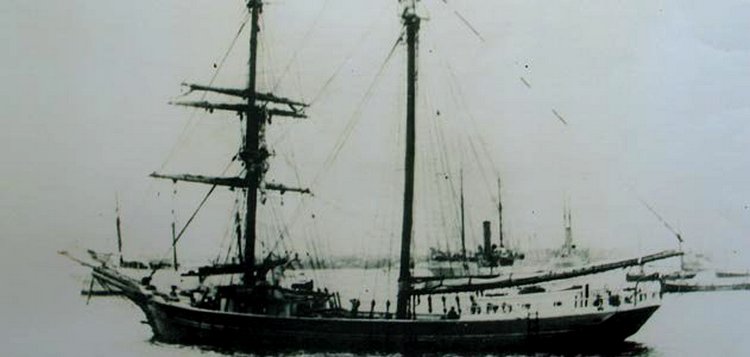

The British brig Dei Gratia was 400 miles east of the Azores on December 5, 1872, when the crew spotted an empty vessel adrift in choppy seas. The ghost ship Mary Celeste had left New York eight days before and should have been in the harbor of Genoa, Italy, by now.
The main clues were that the ship’s only lifeboat was missing and one of its two pumps had been disassembled. There was considerable water in the hull, although the cargo of industrial alcohol was largely undamaged. A six months’ supply of food and water onboard showed that starvation had definitely not been to blame for the quick exit.
Over the last hundred and fifty years, many theories have been advanced. These range from the nonsense-fringe (sea monsters, space abduction) to the just-about-possible (drunken orgy, or a homicidal sailor as portrayed by Bela Lugosi in a 1935 movie). Some say the cargo was to blame: alcohol vapors expanded in the Azores heat and blew off the main hatch prompting those aboard to fear an imminent explosion. One author even claimed that the mystery was just one part of the jigsaw puzzle of the Bermuda Triangle even though the general area was and is thousands of miles away.
More convincing perhaps is the British vice admiralty court which convened a salvage hearing in the aftermath to decide whether the Dei Gratia’s crewmen were entitled to payment from the ship’s insurers. Attorney general Frederick Solly-Flood was in charge of the enquiry and he was very suspicious. He considered the possibility of both piracy and mutiny, but took the most interest in a conspiracy by the crew of the Dei Gratia to carry out salvage or insurance fraud. After three months, he awarded these men only a fraction of what they had claimed.
A more recent theory is that the Mary Celeste had lost its way because of a faulty chronometer and was much further away from land than her captain may have believed. He, his family and crew may have got into the lifeboat thinking they were near land which was not actually so. There is some evidence for this view from scientific records of the weather for the period. But the ship’s log disappeared in 1885 when the vessel was deliberately wrecked off the coast of Haiti, so the theory remains circumstantial.
So we will never know for sure, although the attorney general’s theory of foul play might be the nearest to the mark. The Mary Celeste sails on forever precisely because she took her secret to the deep. Two postage stamps have been produced by Gibraltar to celebrate the mystery and so did the Maldives. Except that the Maldives got the name wrong and printed Marie Celeste. Should always be Mary.
 |
 |
 |





